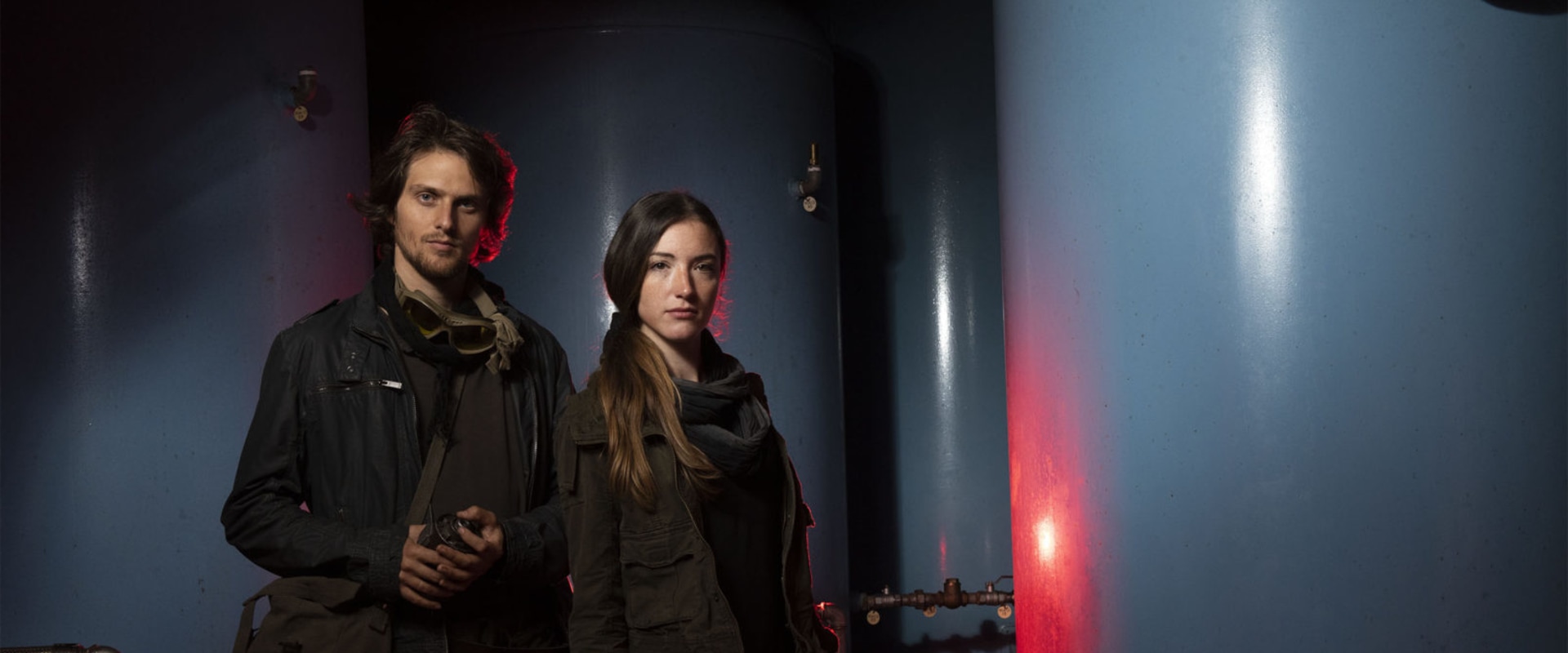Are you a product photographer looking to master color correction? With the right know-how and tools, you can take your product photography to the next level with stunning and vibrant colors. In this article, we will discuss the basics of color correction in product photography, as well as some tips and tricks to help you get the best results. Color correction is the process of adjusting an image's colors in order to achieve the desired look. It involves manipulating the hue, saturation, and brightness of the colors in an image to achieve a certain look or feel. Color correction is essential for product photographers because it helps bring out the best elements of the products they are photographing. Whether you're a beginner or a professional photographer, understanding how to properly use color correction in product photography can help you create amazing images that stand out from the crowd.
Tools and Techniques for Color Correction
Tools and Techniques for Color CorrectionThe tools and techniques used for color correction in product photography can vary, depending on the type of product being photographed.Some of the most common tools and techniques used are white balance, exposure, curves, levels, and hue and saturation. White balance helps to correct the color temperature of a photo, making it look more natural. This can be adjusted manually or using an auto white balance feature. Exposure is used to adjust the brightness and contrast of a photo.
Curves are used to adjust the midtones of a photo, while levels are used to adjust the highlights and shadows. Hue and saturation can be used to adjust the color intensity of a photo. It is important to understand how each of these tools works and how they can be used to achieve the desired effect. It is also important to remember that color correction should only be done when necessary, as it can often cause more harm than good if done incorrectly.
What Is Color Correction?
Color correction is a process used to adjust the colors of a photograph to create the desired effect. This process can be used to correct any color problems caused by lighting, camera settings, and other factors.It can also be used to enhance the color of an image to make it look more vibrant or to match a certain look. In product photography, color correction is essential in order to create the desired effect. By adjusting the colors of the product, you can make it look more appealing and help it stand out. Through careful use of color correction, you can also create a more cohesive look throughout your product photos.
Color correction is done using different software tools such as Adobe Photoshop, Lightroom, and Capture One. These tools allow you to adjust the saturation, contrast, brightness, and other aspects of the photo to create the desired effect. By mastering color correction in product photography, you can create stunning images that truly bring out the best in your products.
Potential Drawbacks of Color Correction
Although color correction can help you create stunning product photos, it is important to understand its potential drawbacks as well.One of the main issues with color correction is that it can be time-consuming and tedious. Color correction requires a thorough knowledge of the color wheel and color theory, as well as a great deal of patience and attention to detail. Additionally, if not done correctly, color correction can ruin an otherwise perfect image. Over-correction can result in a washed-out or unnatural look, while under-correction can make a product appear dull or faded.
To ensure you get the best results, it's important to take your time and make sure that you are adjusting the colors correctly. In addition, color correction can be expensive for businesses that don’t have their own in-house team. Professional color correction services are available, but they come at a cost. If you are on a tight budget, it may be difficult to justify the cost of outsourcing color correction.
In this case, it may be necessary to invest in some basic equipment and learn how to do the color correction yourself.
How Does Color Correction Affect Product Photography?
Color correction is an essential part of the product photography process. When done correctly, color correction can help bring out the best in the product being photographed and make it appear more vibrant and eye-catching. By using color correction techniques, photographers can bring out the desired colors and highlights in a product, making it stand out from the background and other elements in the photograph. Color correction can also help to even out the tones in a photograph, making it look more uniform and professional. By adjusting the brightness and contrast of the photograph, photographers can create the perfect balance between light and dark elements in the photograph, creating a more pleasing aesthetic. Additionally, color correction can be used to create a more realistic look in product photography.By adjusting hues and saturations, photographers can create a more natural-looking color palette for their product photographs, making them look more like something that could have been taken from real life. Overall, color correction is an invaluable tool in the product photography process, as it can help to create stunning images that are both visually appealing and accurate representations of the product being photographed.
Best Practices for Color Correction
Color correction is a powerful tool for product photography, and when used correctly can help you create stunning images. Here are some best practices for using color correction in product photography:Start with a neutral white balance. When shooting photos for color correction, it is important to start with a neutral white balance. This will give you a good base to work from when making adjustments.Correct the colors in the order of priority.
When correcting colors, it is important to make the corrections in order of importance.Start with the colors that will have the biggest impact on the final image, such as skin tones, and then work your way down to the less important colors.
Adjust color temperature.
Color temperature is an important factor when correcting colors in an image. Adjusting the temperature can help create a more balanced look and can help to bring out certain colors in an image.Be aware of color cast.
Color cast can be caused by a number of factors, including lighting, camera settings, and background.It is important to be aware of any color cast that may be present in an image and make adjustments accordingly.
Pay attention to detail.
Color correction requires attention to detail. Be sure to take your time and make small incremental adjustments to ensure that you are getting the best results possible from your product photos.Color Theory and Product Photography
Color theory is a critical component of product photography, as it can be used to create visually appealing images. Color theory is based on the idea that certain colors interact with each other to create an eye-catching composition.By understanding the principles of color theory, you can use a combination of colors to create a composition that draws the viewer's eye. When it comes to product photography, one of the most important elements of color theory is the use of complementary colors. Complementary colors are colors that appear opposite each other on the color wheel, such as red and green, orange and blue, and yellow and purple. When these colors are used together in a composition, they create a striking contrast that draws attention to the product. In addition to using complementary colors, it is also important to consider the tones of each color.
Different shades of the same color can help create depth and dimension in an image, which can make the product stand out. For example, if you are shooting a product with a blue background, you may want to use lighter and darker shades of blue to create a sense of depth. Finally, it is important to remember that color theory is only one tool in your arsenal when it comes to creating striking images. You should also consider the lighting, composition, and other elements of your image to ensure that your product stands out from the rest.




Leave Message